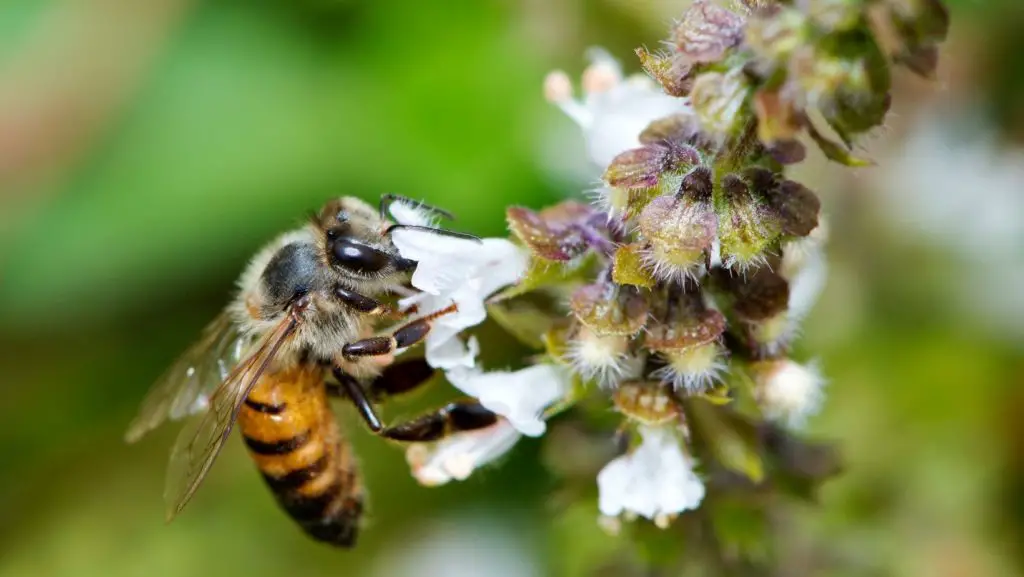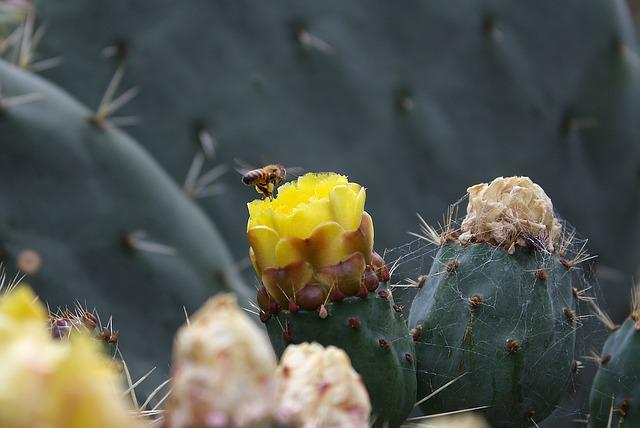Succulents are beautiful admirable plants. Typically grown in warm areas. They can undergo drought periods. With their watery, juicy, fleshy leaves they can restore water. But how to cross pollinate succulents? You can grow them easily and don’t require much space. Most of the time they died of over-watering miss leading and infections.
They are widespread. They have more than 25 plant families. Despite this wide variation, you can also make your own hybrid succulent plant. You just need some proper steps to make this happen. It’s like a school experiment. But the results will shock you. The best way to get hybrid succulents is cross-pollination. Today I’m going to guide and tell you how to cross pollinate succulents.
What is cross pollination?
In this process, a different species of pollen transferred to a different species’ stigma. It can be done by many hosts, animals, insects, and humans. You can also artificially cross-pollinate the plants.

How to cross pollinate succulents?
Phase-1
You have to disinfect the instruments you are going to use. Primarily you will need makeup or art brushes. You can collect them from craft stores.
The microorganisms hiding in your brushes can later infect your plants and it’s a very sensitive topic when it comes to cross-pollination.
Alcohols work well in disinfecting. Rub your brushes with alcohol. Do this until you are satisfied. When you are sure that it’s well rubbed and disinfected, let them dry.
Phase-2
Choose two healthy plants to be crossed. If they are closely related it will be easier for you. Two flowers bloomed succulents are recommended.
When they are filled with pollen, rub one flower with disinfected brushes. Then place it in another plant’s flower with rubbed pollen.
Then cover the flower with plastic bags. This is to prevent further crossing. You should wait for a few months to see the results. When you see the flowers have swollen you may think that the crossing is primarily successful. Wait for the seed to harvest. Then plant the seeds to see your hard work’s result.
Some popular hybrid succulents
| Echeveria | Graptopetalum |
| Arlie Wright | Jewel leaf plant |
| Black Prince | Mountain leatherpetal |
| Blue Heron | D.R. Hunt |
| Blue Surprise | Whitehead |
| Doris Taylor | Moran |
| Frank Reinelt | Chazaro |
| Oliver (E. pulvinata cultivar | Alexander |
| Opalina | Ghost plant |
| Painted lady | |
| Perle von Nurnberg | |
| Wavy curls | |
| Wolfield wonder | |
| Tippy | |
| Set-Oliver | |
| Ruberia |
- Sadeveria, from Sedum and Echeveria’s hybridization
- Gasteraloe, from Gasteria and aloe’s hybridization
Some problems when you cross pollinate succulents
You need to be patient when it’s about hybridization. I have told you that it took several weeks to show your result. Most people don’t wait that long. They become impatient. And thinks that their efforts went waste.
The result of hybridization is most of the time unpredictable. Your plant may turn out different than you expected it to be. Don’t be upset if you don’t see your expected results.
If you cross-pollinate succulents, you may end up with hybrid plants that are less hardy and less drought tolerant than the parent plants. In addition, the hybrids may have less interesting colors and patterns than the parent plants.
Hybrid succulents are sensitive. They need extra care. They can easily get sunburn. It may take some time to understand what your new hybrid succulents actually need.
Another problem when you cross-pollinate succulents is that it can be difficult to get the pollination to take. This is because the pollen from one plant may not be compatible with the stigma of another plant. If you are not careful, you could end up with a lot of pollen on your plants that never gets used.
Finally, you need to be aware that cross-pollinating succulents can create some pretty strange-looking plants. This is because the genetic material from two different plants is combined in the offspring. So, if you are not prepared for some weird-looking plants, you may want to think twice before cross-pollinating your succulents.
So during growing time be extra careful. Or you may get some uncertain results. Keep your eyes open, and observe the soil, light, fertilizer, and water management.
How to care for Mixed genus succulent
Mixed genus succulent care is a process that must be taken into consideration when growing succulents. While succulents are relatively easy to grow, they do require some basic knowledge in order to thrive.
Water when the soil is dry
These are the types of succulents that can tolerate a wide range of watering schedules. Some people water them every week, while others only water them every couple of weeks. When the soil is dry to the touch, it is time to water these succulents.
Fertilize once a month
Mixed genus succulents should be fertilized once a month. A general-purpose fertilizer that is high in nitrogen will help mixed genus succulents to grow quickly. A slow-release fertilizer is best so that the plants can take up the nutrients over time.
Provide bright light, but protect from direct sun
Mixed genus succulents enjoy bright light, but should be protected from direct sun. The ideal location for mixed genus succulents is a south or west-facing window. If you don’t have a bright window and have almost no daylight, you can supplement with grow lights.
Allow the soil to dry out completely between watering
This will help to prevent root rot and allow the plant to take up water more efficiently. Mixed genus succulents are very tolerant of drought conditions and can go long periods of time without water. However, they will need to be watered more frequently if they are growing in pots or containers.
Do not overwater
Overwatering can lead to root rot, which can kill your succulents. When watering your succulents, make sure the soil is dry before watering again. Allow the water to fully soak into the soil and then let the soil dry out completely before watering again.
Provide good drainage
Mixed genus succulents require good drainage to prevent root rot. To provide good drainage, use a well-draining potting mix and make sure the pot has drainage holes. You can also add gravel or sand to the bottom of the pot to help with drainage.

Conclusion
Although cross-pollination takes lots of patience. It’s like doing a new experiment. Collect your favorite plants. With them make a new species.
Be careful about disinfecting your instruments. Otherwise, your plant will be infected. Careful about your pollinated plant. Keep it away from children and other animals.
Do the proper light management of your pollinated plant. If the flower gets damaged all of your efforts will go to waste. So take proper care.
![How To Cross Pollinate Succulents? An Easy Answer [2023]](https://gardeningforu.com/wp-content/uploads/2022/04/How-To-Cross-Pollinate-Succulents.jpg)